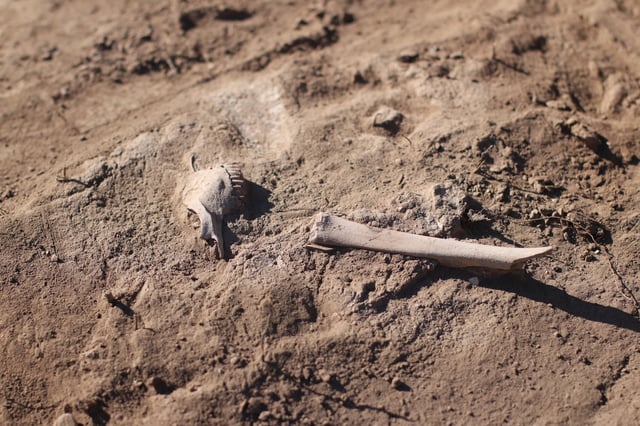Overview
- The first Late Neolithic–Bronze Age Yersinia pestis genome from an animal was recovered from a 4,000-year-old sheep at Arkaim, marking direct evidence of livestock infection.
- Genomic comparison shows the sheep strain was nearly identical to a contemporaneous human infection at a nearby site.
- The LNBA lineage lacks the genetic toolkit for flea transmission, indicating spillovers occurred via other mechanisms from an unidentified wild reservoir.
- Findings support that Bronze Age sheep herding facilitated repeated zoonotic spillovers across the Eurasian Steppe.
- Researchers plan expanded ancient DNA analyses of animal remains to locate the wild reservoir and clarify long-distance transmission pathways.
